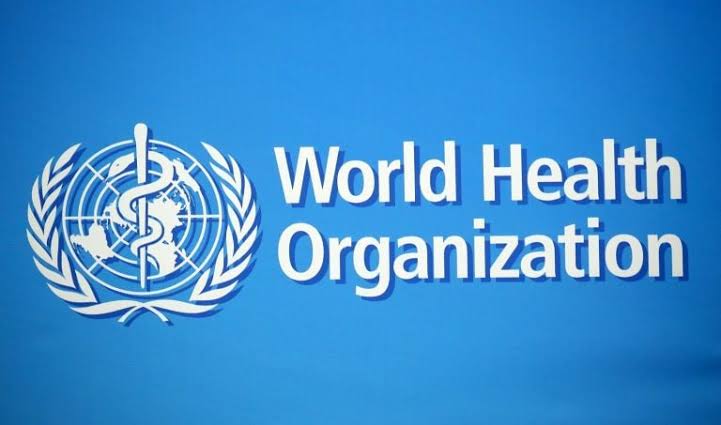By Muhammad Amaan
A new report by the World Health Organisation (WHO) reveals that the highest increases in sexually transmitted infections have occurred in the Americas and the African regions.
The global health body noted that the prevalence of STIs such as chlamydia, gonorrhoea, syphilis, and trichomoniasis has significantly risen in recent years.
According to the new WHO report, global HIV, viral hepatitis epidemics and sexually transmitted infections continue to pose significant public health challenges, causing 2.5 million deaths each year.
The report stated, “In 2022, WHO Member States set out an ambitious target of reducing the annual number of adult syphilis infections by ten-fold by 2030, from 7.1 million to 0.71 million. Yet, new syphilis cases among adults aged 15-49 years increased by over 1 million in 2022 reaching 8 million.”
The report noted that syphilis, gonorrhoea, chlamydia, and trichomoniasis account for over one million infections daily.
It further revealed that there is a surge in adult and maternal syphilis (1.1 million) and associated congenital syphilis (523 cases per 100,000 live births per year) during the COVID-19 pandemic.
In 2022, there were 230,000 syphilis-related deaths and new data also showed an increase in multi-resistant gonorrhoea.
The report added, “As of 2023, out of 87 countries where enhanced gonorrhoea antimicrobial resistance surveillance was conducted, nine countries reported elevated levels (from 5% to 40%) resistance to ceftriaxone, the last line treatment for gonorrhoea. WHO is monitoring the situation and has updated its recommended treatment to reduce the spread of this multi-resistant gonorrhoea strain.
“In 2022, around 1.2 million new hepatitis B cases and nearly 1 million new hepatitis C cases were recorded. The estimated number of deaths from viral hepatitis rose from 1.1 million in 2019 to 1.3 million in 2022 despite effective prevention, diagnosis, and treatment tools.
“New HIV infections only reduced from 1.5 million in 2020 to 1.3 million in 2022. Five key population groups —men who have sex with men, people who inject drugs, sex workers, transgender individuals, and individuals in prisons and other closed settings — still experience significantly higher HIV prevalence rates than the general population.
“An estimated 55 per cent of new HIV infections occur among these populations and their partners. HIV-related deaths continue to be high. In 2022, there were 630,000 HIV-related deaths, 13 per cent of these occurring in children under the age of 15 years.”
Combined with the insufficient decline seen in the reduction of new HIV and viral hepatitis infections, the WHO report flagged threats to the attainment of the related targets of the Sustainable Development Goals by 2030.
Reacting, the WHO Director-General, Dr Tedros Adhanom Ghebreyesus said, “The rising incidence of syphilis raises major concerns. Fortunately, there has been important progress on several other fronts including accelerating access to critical health commodities including diagnostics and treatment.
He, however, said the WHO has the tools required to end the epidemics as public health threats by 2030, adding, “But we now need to ensure that, in the context of an increasingly complex world, countries do all they can to achieve the ambitious targets they set themselves.”




